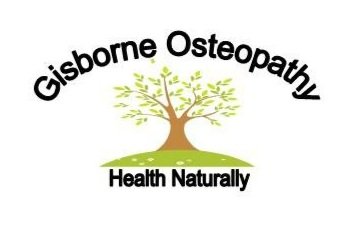
What We Treat
Lower Back Pain
Almost everybody will experience low back pain at some point in their life. Here at Gisborne Osteopathy we understand the impact this can have on your day to day life. Through a thorough examination we can determine the underlying cause and help you with both pain management and restoration of movement to get you BACK doing the things you love.
Headaches/Migraines
There are many different types and causes of headaches and migraines. With a clinical history and examination we can identify the underlying cause. This could potentially be refferal from the neck, a joint sprain, muscular tension, stress or poor posture just to name a few. These triggers may respond well to treatment and focus on reducing the pain and severity of headache and migraines.
Sciatica
Osteopathic treatment for sciatica commonly involves relieving pressure from the sciatic nerve. Osteopathic Techniques will use soft tissue massage to help release pressure on the sciatic nerve, along with manipulation and mobilization techniques if deemed safe and appropriate, to improve the lower back's range of motion.
And Much More…
Neck Pain
First its essential to identify the underlying causing of your neck pain. Here at Gisborne Osteopathy we will explain your diagnosis. This will be followed by variety of hands on techniques that aim to settle inflammation, restore blood flow and encourage movement back into the joints in safe manner.
Sports Injuries
We provide proper sports injuries management, rehabilitation, and advice from the expertise of our Osteopaths. This will help you return to your sporting activity as soon as possible.
Shoulder or Elbow Pain
Could be due to a variety of causes including muscle strains and joint problems. We help improve joint range of motion in the mid back, neck, shoulder blade, shoulder and elbow. We will also provide tailored advice on flexibility and strengthening in the area that is specific to you.
“ We look at the body in health as meaning perfection and harmony, not in one part, but in the whole. ”
A. T. Still MD, DO






